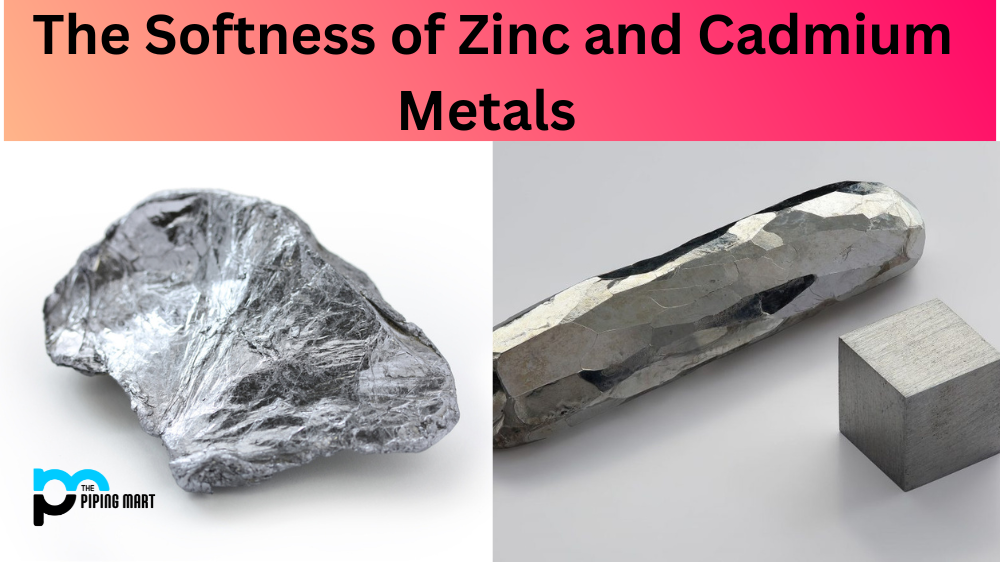Have you ever wondered why some metals are softer than others? As it turns out, the answer lies in the structure of the atoms that make up those metals. Zinc and cadmium are two examples of soft metals, and today we’re going to dive into why they’re so malleable.
All elements on the periodic table are composed of atoms with different properties, like size, shape, charge, and more. When these atoms come together to form a metal, their individual properties can affect the metal’s overall structure and strength. With zinc and cadmium specifically, their softness comes from having fewer protons in their nuclei—or, simply put, their atomic mass is lower than other metals. This makes them easier to bend or deform when exposed to heat or pressure.
Another reason for zinc and cadmium’s softness has to do with how far apart their electrons are from each other. Both of these metals have relatively high atomic radii (the distance between an atom’s nucleus and its outermost electrons). The farther apart they are from each other, the weaker the bonds between them become—which in turn, makes it easier for zinc and cadmium to deform under pressure or heat. Additionally, because their electrons aren’t held together as tightly as they are in other metals, zinc and cadmium can conduct electricity better than most other materials—which makes them great for wiring applications.
Zinc and cadmium are two incredibly useful soft metals due to their low atomic mass, high atomic radii, ductility, low melting points, and electrical conductivity. Also have a unique property called “ductility,” which allows them to be stretched or formed into thin wires without breaking apart or cracking. This makes them ideal for use in jewelry-making since they’re easy to manipulate into intricate shapes without sacrificing strength or durability. On top of that, both zinc and cadmium have low melting points, which means they can be melted down quickly if needed for casting purposes.
Conclusion:
At the end of the day, these qualities make them perfect for jewelry-making as well as wiring applications where strength isn’t a major factor—so it’s no surprise that they’re some of the most popular metals used today! For website owners interested in learning more about these materials should look further into what sets them apart from other metals on the periodic table.

Pipingmart is a B2B portal that specializes in metal, industrial and piping items. Additionally, we share the latest information and information about materials, products and various types of grades to assist businesses that are involved in this business.




